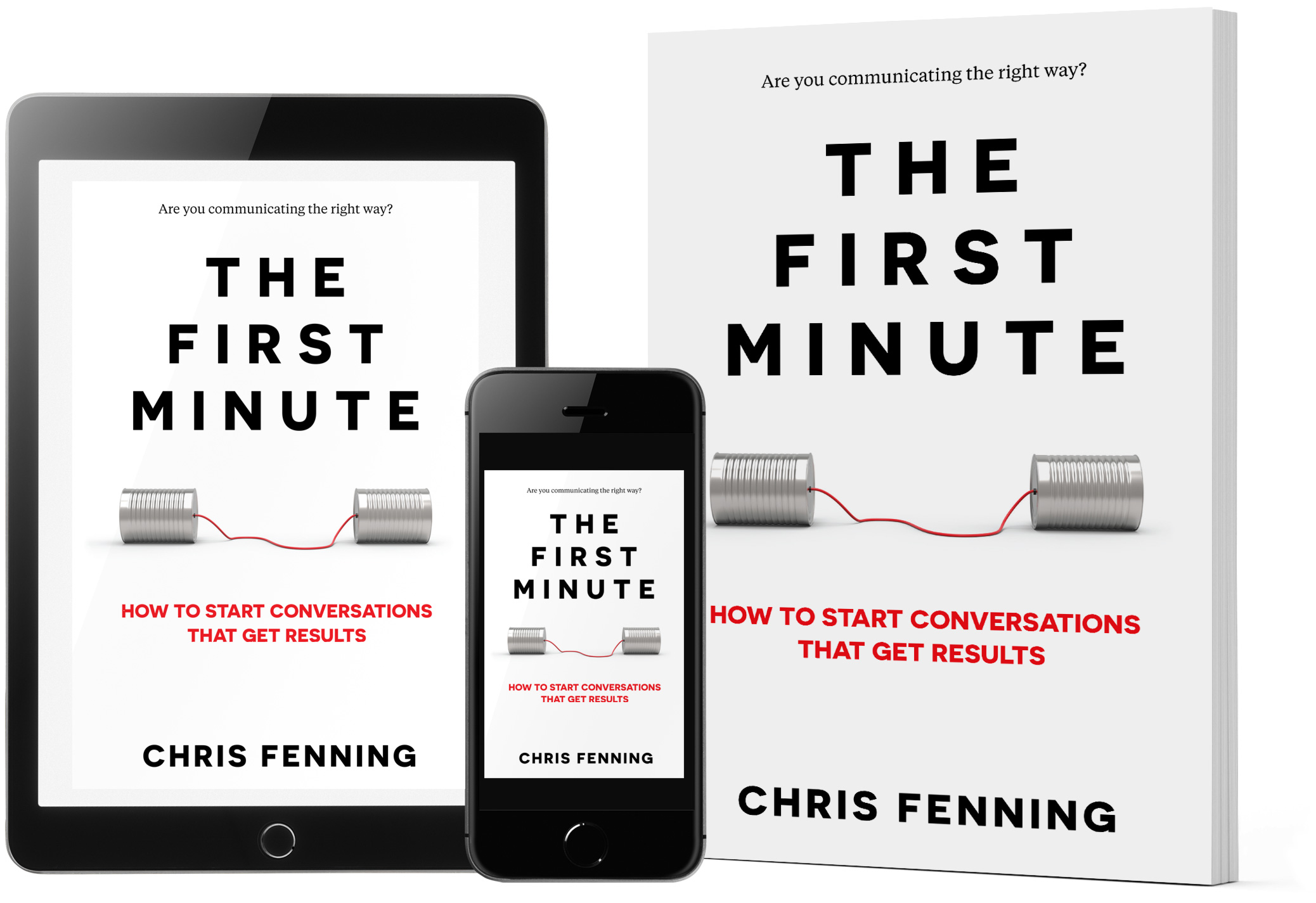The problem is we aren’t very good at summarizing things. School and workplace training doesn’t teach us how to create good summaries. This leads to 3 common problems when creating a summary.
- Diving into the detail too quickly
- Going off on tangents
- Dwelling on the past instead of the next steps
These three issues can quickly derail a conversation and stop you achieving the best outcome.
Diving into the detail too quickly
Diving into the detail happens when someone talks about a topic with multiple supporting points and starts talking about the first point in great detail before giving a summary of the whole topic. Speakers who immediately dive into the depths of a topic quickly confuse and lose their audience. Without a high-level summary, the audience doesn’t know how the detail of each point relates to the main topic. It might be the most important point or the least important point; only the speaker knows for sure. This can occur for multiple reasons.
- Listing events in the order they happened.
- Thinking the audience needs to know all the details before they can understand the intent or the key message.
- Being unsure about the purpose of the message.
- Being unclear about what action you want the audience to take.
Going off on tangents
Listening to someone ramble or talk about something seemingly unconnected to the original point of the conversation is one of the most frustrating and common occurrences in the workplace.
Dwelling on the past instead of the next steps
How much time is spent talking about the history of an issue instead of focusing on the actions to fix it? When something breaks or fails, we tend to spend a lot of time talking about the cause of the problem.
Meetings set up to address the issue spend up to 80 percent of the allotted time focused on the problem and why it happened. Only at the end of the meeting, after everyone has had their say, does the focus shift to what needs to be done next. By this point there is not enough time left to have a productive discussion about the solution to the problem. This is one reason why meetings often end with an action to set up another meeting.
What can you do about it?
Most communication training courses describe these issues. They explain why these traps should be avoided and even suggest ways to elude them, such as “Be concise” or “Pick one topic to focus on in each conversation.”
What the courses don’t usually provide are the specific tools or methods that show how to be concise or how to identify the one topic on which the speaker needs to focus.
One of the simplest ways to avoid all 3 common problems when creating a summary is to use the Goal, Problem, Solution method for writing a summary.
Check out my previous article that describes how to create great summaries using the goal, problem, solution method. With this technique, you can start any conversation with clarity no matter how complex the topic.
The process has only three steps and takes less than forty-five seconds to deliver.
If you’d like to find out more about clear and concise communication at work check out my training options and pick up a copy of my book, The First Minute.
Learn more with my book
The First Minute

My multiple award-winning book is a step-by-step guide for clear, concise communication in everyday work conversations.
Being concise is not about trying to condense all the information into 60 seconds. It’s about having clear intent, talking about one topic at a time, and focusing on solutions instead of dwelling on problems.
Throughout this book you’ll discover how to:
- Have shorter, better work conversations and meetings
- Get to the point faster without rambling or going off on tangents
- Lead your audience toward the solution you need
- Apply one technique to almost every discussion, email, presentation and interview with great results
